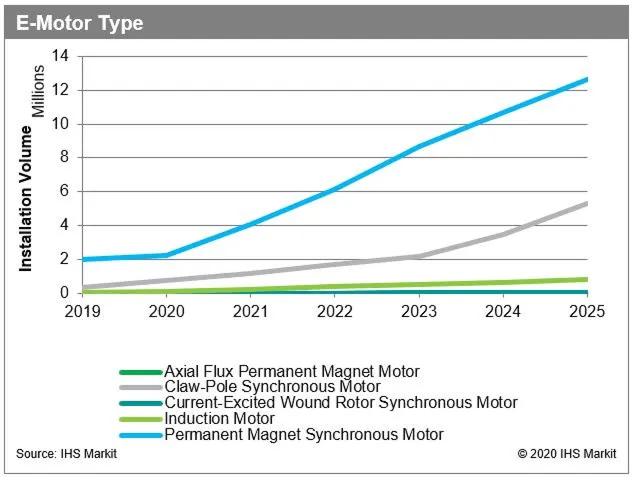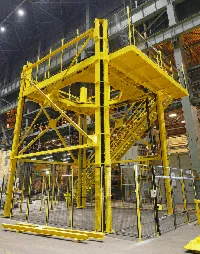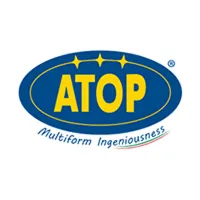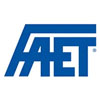The idea of a higher vehicle electrical system voltage in automobiles is not new. As early as the 1990s, a 42V consortium was set up.
However, due to a lack of standards, this approach was not successful. But now everything is to change.
Electricity used to be minimal in automobiles. They mainly ran mechanically. Electric windows? They didn't exist. For this manually operated handles were used. Today, a whole host of electrical functions such as seat heating, comfort and assistance systems draw a lot of electricity from the battery. In a 12 V vehicle electrical system, higher and higher currents have to flow. To prevent this on-board network from surrendering, manufacturers are now installing a second, stronger network in the car in parallel – with 48 V direct current (48 VDC).
Yesterday and today
While in the 1990s the 42V consortium was still endeavouring to supply the comfort and driver assistance systems in luxury class vehicles required by the mostly solvent clientele, the idea behind a higher on-board network voltage is a different one today. The CO2 limit values demanded by the European Commission can hardly be achieved for vehicles with conventional combustion engines (petrol, diesel). Alternative drive concepts such as purely electrically powered or hybrid cars are associated with major technical challenges due to voltages in excess of 60 VDC. An on-board network with 48 VDC offers the possibility of bringing simpler hybridisation to market quickly and cost-effectively and of keeping pollutant emissions below the legal limits.
Integration of 48 VDC technology
The new 48 VDC system does not replace the previous 12 VDC system. It complements it. Many proven components in the vehicle can be optimally operated with 12 VDC, which would make a complete switch to higher voltages unnecessarily expensive. Not all electrical loads will therefore be converted to the higher voltage in the future. One of the main reasons for this is the availability of components that are either designed exclusively for 12 volts or are clearly more expensive as a 48 VDC variant. In addition, many electrical consumers require little power and are in good hands in the 12 VDC on-board network.
Stand-alone solution vs. combined network
The integration of a 48 VDC vehicle electrical system can be achieved by two different concepts. In an " stand-alone solution ", the use of electric turbochargers or roll stabilizers, for example, results in very high short-term power requirements, which can no longer be covered by the 12 VDC network. Therefore, 48 VDC lithium ion batteries or supercapacitors are supplied from the 12 VDC network via a unidirectional DC/DC converter. This is the simplest solution. However, it has no influence on pollutant emissions or fuel consumption, since the energy is provided conventionally via a generator.
With the "combined network", in contrast to the stand-alone solution, the energy transfer takes place in the opposite direction. A uni- or bidirectional DC/DC converter supplies the 12 VDC side from the 48 VDC network. This is connected to the starter-generator, a controlled electrical machine, and starts the engine. When the combustion engine is running, the electric motor supplies the 48 VDC on-board power supply.
Reasonable expense
The 48 VDC technology can thus be integrated into the architecture of conventionally powered vehicles at a reasonable cost and offers functions that were previously only found in high-voltage hybrid systems with 300 to 400 VDC. These include switching off the combustion engine while driving (so-called "sailing"), a very fast engine start (start-stop systems) and efficient braking energy recovery (recuperation).
The stronger 48 VDC on-board network also helps to save energy elsewhere. Various auxiliary units, which previously had to be driven by the engine using fuel, can now be operated electrically more easily and only run when required. This includes, for example, the power steering or the coolant pump.
A 48 VDC hybrid system thus offers excellent opportunities for reducing fuel consumption and CO2 emissions at manageable costs.
Advantages of a 48 VDC vehicle electrical system
A fundamental advantage of a 48 VDC vehicle electrical system is the lower loss of energy transmission due to lower currents with identical power. This results in a considerable savings potential in the design of the electrical conductor cross-sections, which is reflected positively in the weight of the vast quantities of cables installed in modern vehicles.
The 48 VDC vehicle electrical system also enables economical energy recovery and storage during braking (recuperation). The electric motor acts as a generator. In the case of high torque and/or power requirements, however, this system can also support the combustion engine by operating the electric motor in the reverse direction as an electric motor supplied from the 48 VDC battery. This process is also known as a "booster". By completely decoupling the combustion engine from the on-board power supply, it can even be switched off completely while the vehicle is in motion. In contrast to conventional idling, no losses occur in the combustion engine during so-called "sailing". This can result in significant fuel savings.
Disadvantages and challenges
Since the standard 12 VDC vehicle electrical system is largely specified up to 60 VDC, the so-called SELV voltage (Safety Extra Low Voltage), many cable and plug-in components can be taken over taking into account the clearance and creepage distances. At load-carrying disconnection points, however, the risk of arcing increases as a result of which opening of the contact under load must be prevented. Under certain circumstances, arc detection may also be necessary. Even electrolysis when liquid containing electrolytes enters can become problematic, which makes appropriate protection against moisture necessary.
New components required
Raising the vehicle electrical system to 48 VDC requires some new electrical components. In contrast to the 12 VDC generator, the 48 VDC machines must also act as an electric motor. A distinction must be made here between various synchronous and asynchronous electrical machines. Torque, efficiency and power density vary depending on the input and output parameters, so that different concepts are probably used in practice.
The inverter, a bidirectional inverter, converts the AC voltage into DC voltage during generator operation of the electrical machine and vice versa in the case of an application as an electric motor, the DC voltage into AC voltage.
DC/DC converters form the interface between the 12 VDC and 48 VDC vehicle electrical systems. As a rule, the DC/DC converter operates as a step-down converter and charges the 12 VDC battery. Exceptions are use in vehicles with the above-mentioned island topology and starting the engine at extremely low temperatures.
In a combined 12/48 VDC vehicle electrical system, a bidirectional DC/DC converter is recommended between the two voltage levels, as lithium ion batteries are not cold start capable. Therefore, an external starting aid in the form of a small starter battery in the 12 VDC vehicle electrical system is practically obligatory. In this case, the converter works as an upwards converter.
Last but not least, the 48 VDC battery requires a battery management system for safe operation. This ensures that the individual cell voltages are equalised, monitors the temperature and charge status and takes over communication with the control units.
EMC is gaining in importance
Due to this concentrated charge of electronics and the increased power, the topic of EMC must also be given the greatest attention. The power density and the number of systems involved are constantly increasing, and the resulting problems of an electromagnetic nature are inevitable. This applies both to the emissions of individual assemblies and to emissions from others. The correct functioning of all components has an essential influence on safety. Not only those of the vehicle occupants, but also those of other road users.
IATF 16949: experienced partner
SCHURTER is certified according to IATF16949 and serves a large number of customers with fuses that have been tested according to AEC-Q200 for various applications (battery management, climate control, engine related electronics for diesel/petrol engines and many more). Millions and millions of fuses to protect against overcurrent and overtemperature are in use worldwide. The close networking with international automotive organizations and the industry itself make SCHURTER a competent partner for all questions concerning the protection of electronics in automotive engineering. In addition, SCHURTER has a competence center for EMC solutions, which has been developing customized solutions for industrial and medical applications for decades.
Internet
White Paper 48 VDC
Company
SCHURTER is an internationally leading innovator and manufacturer of electric and electronic components. The company focuses on safe power supply and easy-to-use equipment. Its extensive product portfolio comprises standard solutions in the fields of circuit protection, plugs and connectors, EMV products, switches, input systems and electronic manufacturing services. SCHURTER's global network of representative offices ensures reliable delivery and professional customer service. Where standard products are unsuitable, the company develops client-specific solutions.
Contact
If you require further information, please contact SCHURTER using the following information:
SCHURTER AG
Werkhofstrasse 8-12
6002 Luzern, Switzerland
+41 41 369 31 11
[email protected]

















